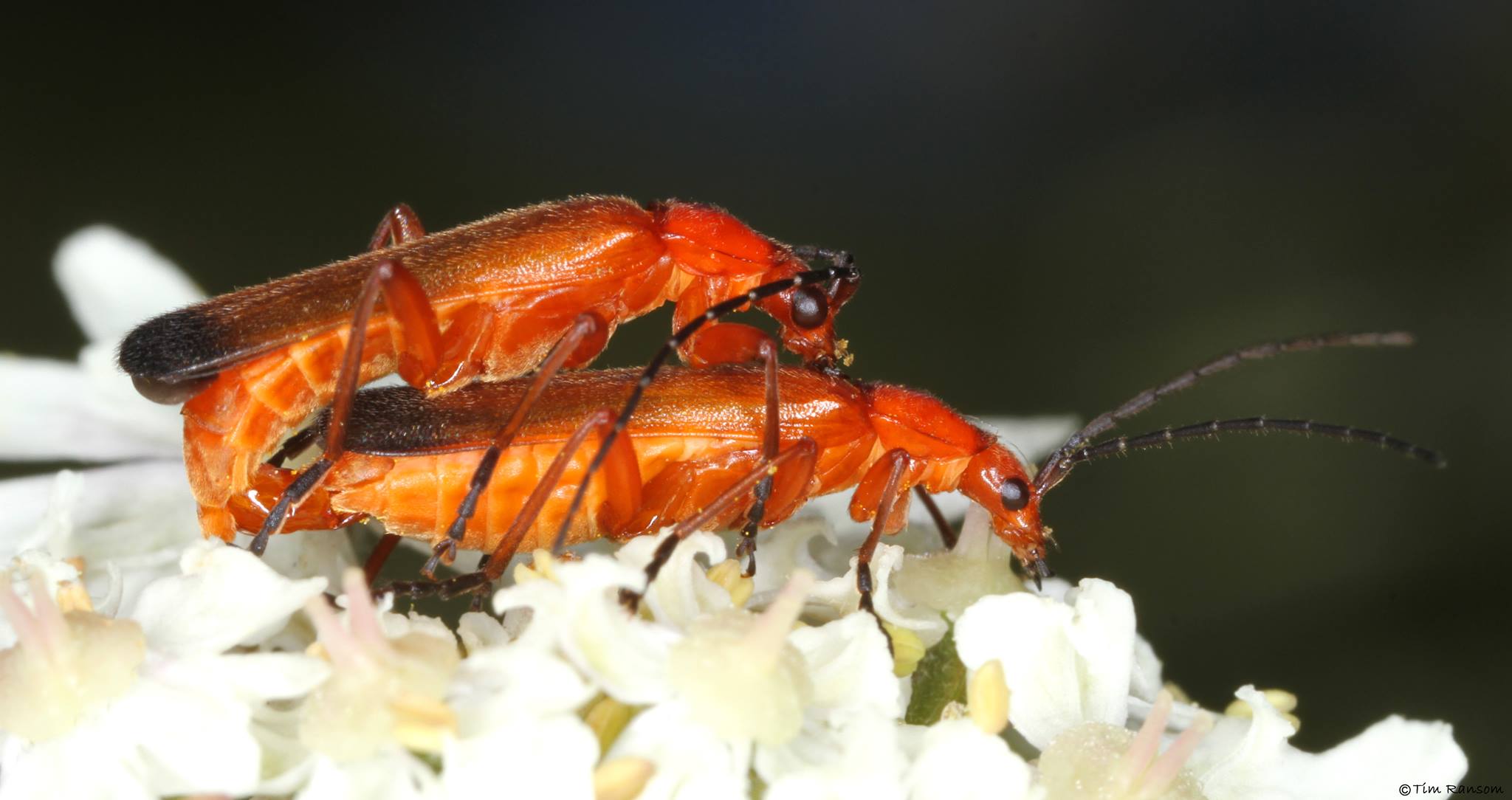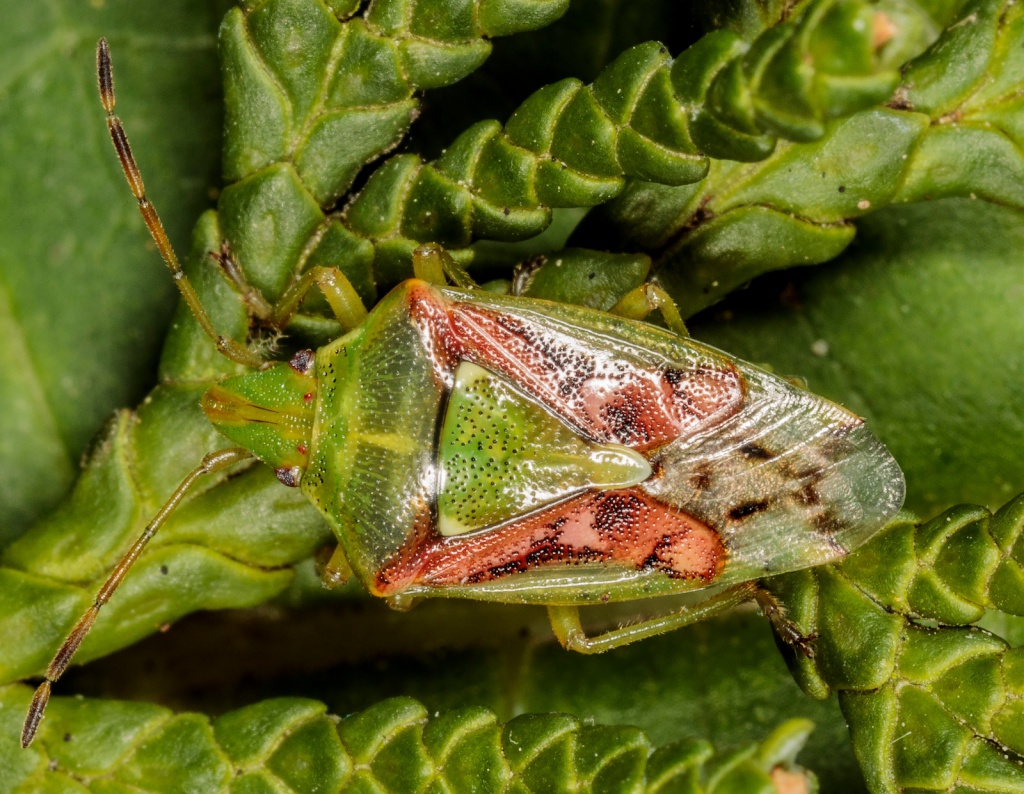Beetle or True Bug
Beetle or True Bug
By James Moody
Beetles and True Bugs are both hexapod invertebrates, though what is frequently overlooked is that the two are in fact differentiated as separate and distinct orders of insect, each comprised of many thousands of species.
The species comprising each order of insect share certain behavioural and physiological traits, which distinguish them as being of either the Order Hemiptera (True Bugs) or the Order Coleoptera (Beetles), there being approximately 400,000 species of Beetle and approximately 75,000 species of True Bug.
Beetle: (top photo: Solider beetle by Tim Ransom)
Appearance & Diet:
Beetles have hard and leathery forewings and long membranous hind wings hidden below. The hind wings, those used for flight, are visible only when Beetles are flying, as is commonly observable with the counterintuitively named Ladybug, which is in fact a Beetle. Beetles’ antennae are usually made of 11 segments. Almost all Beetles have hard, tooth-like mouthparts called mandibles, used for grasping, cutting, chewing and biting. Beetles use their mouthparts to fight and compete for mates, as well as to grasp and consume foliage or live prey. Their diet is based on various plants and animals, some of which are considered by humans to be crop pests.
Movement:
Beetles are more limited in terms of locomotion than are True Bugs, with most species able to both walk and fly, though some that inhabit caves and deserts have long since lost their ability to fly, having evolved to thrive on land alone. There are also several species of Aquatic Beetles which thrive in liquid environments, with some even able to dive below the surface.
True Bug: (bottom photo: Juniper shield bug by Simon Robson)
Appearance & Diet:
If present, the forewings of True Bugs, in contrast to Beetles, are made of two asymmetrical halves, which serves as a useful distinguishing physiological trait. True Bugs’ forewings are hard at the base and membranous at the tip. True Bugs have antennas made of 4 to 5 segments. They have needle-like mouthparts used for extraction of juices (sap or nectar) from plants, or for some species, the liquids present in animal tissues. Unlike Beetles, True Bugs do not hunt and consume live prey.
Movement:
True Bug species are incredibly diverse in their modes of locomotion. Ironically, there are some True Bug species which don’t move at all throughout their entire lives, instead attaching permanently to host plants or animals, feeding off the fluids of the host. Of those that do move, there are numerous species that are able to traverse one or more of land, water and air. There are bugs that can jump, those that can glide over the surface of water, and even those that can swim.
Summary:
In summary, Beetles generally are more robust in appearance than are True Bugs, with hard opaque forewings and offensive predatory mouthparts. True Bugs are more diverse in terms of movement and locomotion, and are far more likely to be observed jumping and swimming in aquatic environments than are Beetles. Whilst it is often taken for granted that True Bugs and Beetles are one and the same, there are numerous easily identifiable traits and characteristic that allow us to differentiate between these two distinct orders of insect, as has been demonstrated above, and as can be seen in the photographs accompanying this article.


